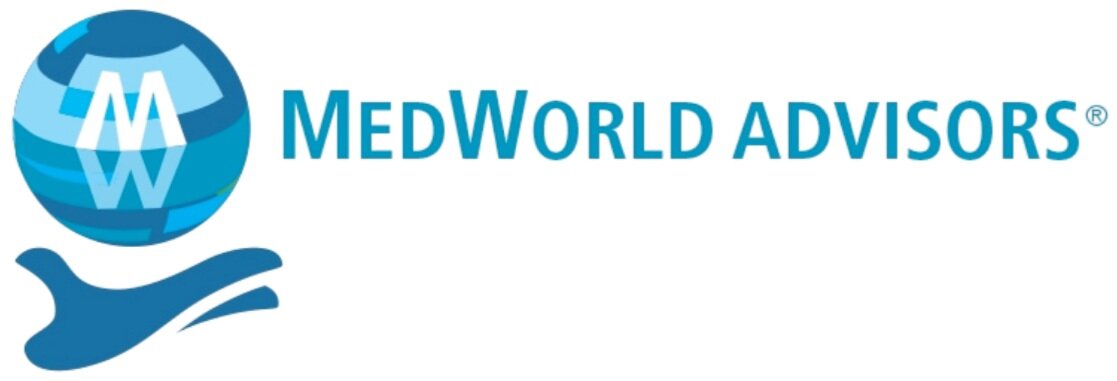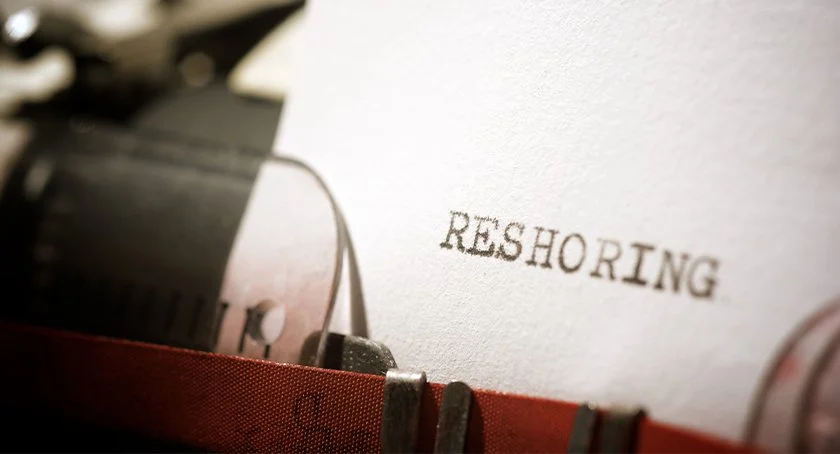How the Medtech On-Shoring Boom is Redrawing the Supply Chain Map
To view our article on the Medical Product Outsourcing Magazine website, click here.
For decades, U.S.-based medical device companies took their manufacturing needs overseas. It made sense at the time—labor was cheaper, overhead was lower, and the logistics trade-off seemed worth the cost savings. But the world has changed, and so too has the logic behind those supply chain decisions. Today, there’s a growing consensus among industry leaders that it’s time to bring manufacturing back home—a trend known more formally as “on-shoring” or sometimes “re-shoring,” and informally as “finally solving that supply chain migraine.”
The movement isn’t just anecdotal. We’re seeing real dollars, factory builds, acquisitions, and strategic shifts from the largest OEMs to mid-sized and even startup players. The reasons for this wave of industrial repatriation are numerous: tariff volatility, geopolitical tension, pandemic scars, quality control, IP protection, and a desire to be closer to the customer. And while no one is arguing that on-shoring is a cheap solution, more companies are deciding that it’s the smarter long-term investment in today’s climate.
COVID-19 didn’t just disrupt global shipping routes—it smashed them with a sledgehammer, then lit the wreckage on fire. From syringe shortages to PPE panic, medtech companies were caught off-guard by their inability to access critical components. Such inaccessibility is not a one-time deal, either.
When a single delayed container ship in the Port of Shanghai could mean weeks of backlogs for a catheter assembly line in Minneapolis, medtech executives started getting nervous. Even companies that had previously sworn by just-in-time inventory models suddenly found themselves hoarding safety stock and looking into dual-sourcing strategies. But the most durable change was the newfound appetite for geographic diversification.
Take Integer Holdings, for example. One of the largest medical device contract manufacturers in the world, Integer has been heavily investing in U.S. operations in recent years. In 2022, the company announced a $15 million expansion of its facility in Alden, N.Y. That’s not exactly Shenzhen, but it’s strategic. Why? Because that location supports its cardiac rhythm management customers, most of whom are stateside. Less distance, fewer headaches. And frankly, when you’re dealing with precision manufacturing and tight tolerances, having engineers and customers in the same time zone just makes life easier.
Then there’s Resonetics, a laser micromachining powerhouse in the medtech contract space. The company has been on an acquisition spree, but it also has been aggressively expanding its North American footprint. In the past few years, Resonetics opened or expanded facilities in places like San Diego; Dayton, Ohio; and Nashua, N.H. Each site brings specific capabilities closer to U.S. clients whether it’s laser ablation, nitinol processing, or cleanroom assembly.
It’s not just about control, though. It’s about speed. In the age of rapid iteration and shorter product lifecycles, the ability to prototype and scale in the same facility without waiting for an overseas shipment can be a significant competitive advantage. Startups racing toward a regulatory milestone know that every week counts. On-shoring isn’t just a patriotic PR move; it’s a business survival tactic.
One of the more underappreciated drivers of the on-shoring boom is customer pressure. Strategic acquirers and major OEMs have started baking supply chain resilience into their vendor selection criteria. Suppliers with redundant U.S.-based capacity are more likely to win contracts with major OEMs such as Medtronic or Boston Scientific Corp. Another added bonus is the reduced amount of paperwork involved when parts are not bouncing through multiple customs checkpoints.
Jabil Healthcare, for its part, has doubled down on integrating digital manufacturing tools into its U.S. facilities, turning what used to be traditional molding operations into smart, data-driven production hubs. It’s not just that the company is moving capacity to the United States—they’re modernizing it at the same time. So yes, we’re bringing jobs back, but we’re also giving them a software upgrade.
Of course, this all costs money. Lots of it. But here’s where it gets interesting: private equity firms and strategic acquirers are rewarding the move. In recent transactions, we’ve seen higher valuations for companies with significant U.S.-based manufacturing assets. Why? Because those assets reduce execution risk. If a buyer knows they won’t have to spend the first 18 months of post-close operations unwinding complex global supply chains, they’re willing to pay more.
There’s also a talent angle to all of this. For years, critics of on-shoring contended the labor pool could not support advanced medtech manufacturing but device companies have proven otherwise. Through partnerships with technical colleges, apprenticeships, and aggressive upskilling initiatives, firms are building the workforce they need. Stereolithography might be hard to spell, but it turns out it’s not impossible to teach.
Some states are helping, too. North Carolina, Texas, and Indiana have launched medtech-specific economic development initiatives in recent years, offering tax breaks and grant programs for companies investing in local production. North Carolina’s Research Triangle increasingly has become home to cleanroom expansions and sterilization facilities. Texas, with its robust logistics infrastructure and growing medtech hub in Austin, is attracting startups and legacy players alike.
Before I paint too rosy a picture, though, keep in mind that reshoring is not without its challenges. Labor costs are still higher in the United States than many offshore markets, and regulatory requirements vary across states. And let’s be honest: not every process is a good candidate for localization. Injection molding at massive volume may still make more sense in Mexico or Malaysia than Memphis.
But the trend line is clear. What started as a reaction to global disruptions has evolved into a strategic imperative. On-shoring is no longer a Plan B but rather a Plan A for many medtech manufacturers. It’s not just about location—it’s about creating an ecosystem where speed, control, quality, and proximity can work together to support innovation.
In the coming years, expect the trend to accelerate. Sustainability concerns, increasing investor scrutiny, and the rising costs of global freight will keep the pressure on manufacturers. Those who make the leap now are likely to benefit from early-mover advantages—access to skilled labor, closer customer relationships, and perhaps most importantly, the ability to say, “No, we don’t have a container stuck off the coast of Long Beach.”
As medical device companies rethink how and where they make the products that save lives, it is becoming increasingly clear that the road to the future may just start a lot closer to home.
Daniel Sheppard has spent nearly two decades advising founder-owned medtech and finance companies in mergers and acquisitions, corporate finance, and strategic growth initiatives. He is currently a managing director at MedWorld Advisors and can be reached at daniel@medworldadvisors.com.

